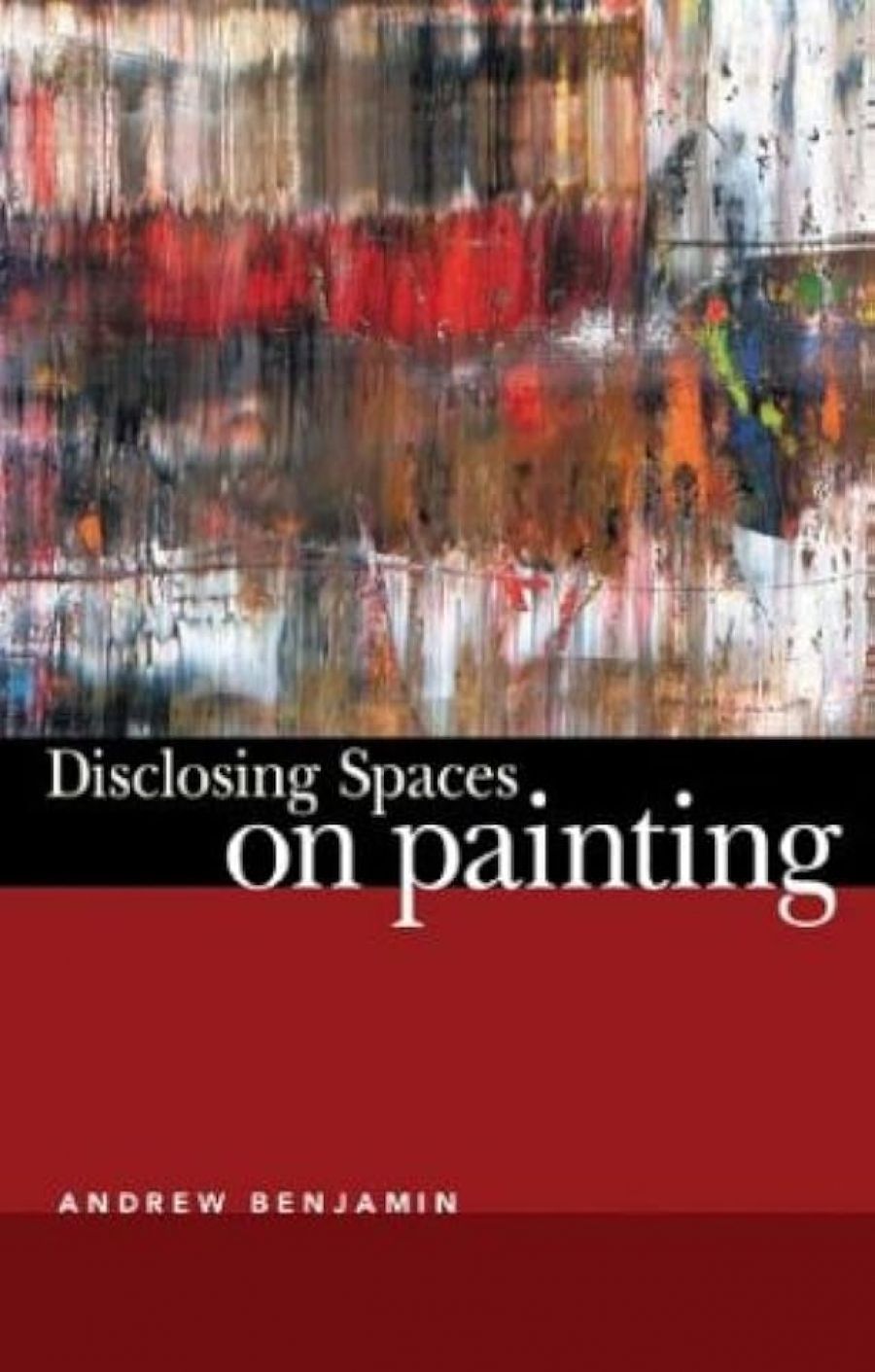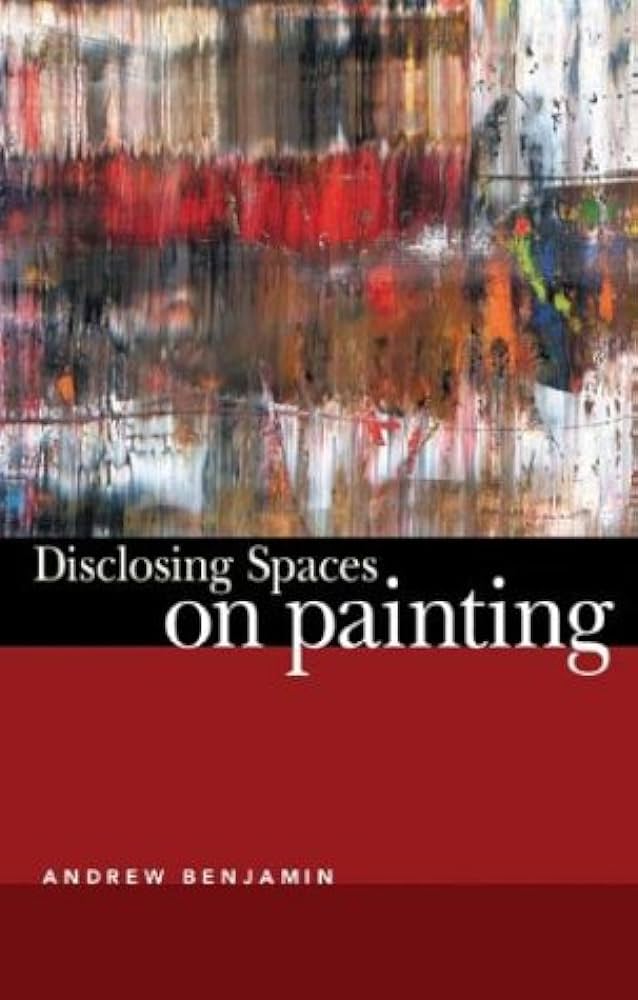
- Free Article: No
- Contents Category: Art
- Review Article: Yes
- Article Title: Continuing criticism
- Online Only: No
- Custom Highlight Text:
In a 2004 article for Art AsiaPacific, Simon Winchester reflected on a ‘sermon’ he had attended by Benjamin Buchloh, one of the ‘high priests’ of contemporary art theory and criticism. To his dismay, Winchester found Buchloh’s paper (on the German artist Gerhard Richter) completely baffling. ‘Save for a scattering of prepositions, I understood not a single word of what he said that day. He spoke in a language that I found entirely unfamiliar, about a subject I found impossible to determine.’ Undeterred, Winchester set himself the task of trying to understand Buchloh’s language. After two years of diligent study, however, he remained nonplussed. His conclusion is that Buchloh speaks as Benjamin Disraeli’s ‘sophistical rhetorician’ wrote: as a ‘man inebriated by the exuberance of his own verbosity’.
- Book 1 Title: Disclosing Spaces
- Book 1 Subtitle: On painting
- Book 1 Biblio: Clinamen Press, $52.95 pb, 141 pp
- Book 1 Cover Small (400 x 600):

- Book 1 Cover (800 x 1200):

Leaving aside the question of Winchester’s own motives – is he guilty of ‘baiting the anti-intellectualism of the public’, as Helen Molesworth has claimed of Peter Schjeldahl’s art criticism for the New Yorker? – I wonder what he would have made of Andrew Benjamin’s latest book, Disclosing Spaces: On Painting. Benjamin is nearly as eminent a figure as Buchloh in the fields of philosophy, aesthetics and architectural theory (and is currently Research Professor of Critical Theory at Monash University). Benjamin is also interested in Richter; he offers detailed analyses of the 1973 series Annunciation after Titian, as well as a handful of the artist’s abstract paintings, a subject on which he is an acknowledged expert. More to the point, however, Benjamin’s style is, again like Buchloh, dense and demanding, if not gruelling. Yet the similarity (to Winchester’s caricature of Buchloh at least), ends there: Benjamin repays close reading.
My reason for mentioning Winchester’s struggle with Buchloh’s prose is not entirely gratuitous. One of the central arguments of Disclosing Spaces is that criticism is inseparable from the ‘work’ of painting. ‘[I]t is only writing – writing now as criticism – that allows art to be present as art. It is only criticism that is concerned with the way in which a given art work works as art. Art work realises itself within criticism; within, that is, writing on painting.’ This seems quite a bold, even brave, claim in the current cultural climate.
Molesworth’s attack on Schjedahl comes from the transcript of a 2001 round-table entitled ‘The Present Conditions of Art Criticism’, which appeared in October, the leading theoretically inclined US art journal of the past twenty years. The discussion, between Hal Foster, Rosalind Krauss, Robert Storr and Buchloh himself, to name a few, was inspired by a widespread perception that criticism is in crisis; that the art critic has been superseded by the curator, or become a species of footling belletrist devoid of social and political commitment, or, even worse perhaps, a dismal and abased, if occasionally peevish, handmaiden of art’s commodification, among other depressing possibilities. Given this broad context, it is worth asking what kind of criticism Benjamin advocates (and practises) in Disclosing Spaces.
One of the most striking qualities of Benjamin’s work is its sustained rigour. His detailed interpretations of an eclectic group of paintings and photographs, which include works as diverse as Jacques-Louis David’s The Lictors Bringing Brutus the Bodies of his Sons (1789) and Andreas Gursky’s Chicago Board of Trade II (1999), are case studies in philosophical art criticism. He draws on an equally catholic array of textual sources, ranging from post-Enlightenment aesthetics to post-structuralist critical theory. Throughout, Benjamin argues that painting is capable of transcending its spatio-temporal limits; that its status as ‘art work’ derives in part from its evolving conceptual potential as time passes.
For the sake of an example: Benjamin claims that contemporary ideas about virtuality, and the concomitant transformation of the architectural design process through CAD, have led to a reworking of critical terms such as ‘virtual’ and ‘diagram’. This technological development makes ‘new theoretical practices possible’. According to Benjamin, ‘introduced into the generalised language of understanding and … the language of criticism, they then can have a far greater import. Terms of this nature can be used to interpret works that predate the presence of the computer by hundreds of years.’ By the same token, painting, even ‘Old Master’ painting, now has to be considered as coming after photography.
The art historian might baulk at this, suspecting anachronism, but, if I am reading him correctly, Benjamin is arguing that painting needs to be released from its imprisonment in historical narratives, which are typically constructed on the basis of linear conceptions of time. For him, a painting is properly a work of art when it has an ‘after effect’ or an ‘aleatory’ quality, as his namesake Walter Benjamin put it. Benjamin goes on to argue that ‘painting comes to be freed in order to discover its own possibility precisely because of the advent of photography. Further, painting had such a potential even if it was not “discovered” until after the advent of photography. In other words, what photography allows is the capacity for painting to be reworked such that a potential that in some sense was already there would then be able to be released.’
To my ear, this sounds a little bit like Harold Bloom’s provocative suggestion that Shakespeare invented us, but that is probably beside the point, and is not in itself a criticism. What matters is the strong case Benjamin makes for philosophical art criticism and for ‘criticisability’ as an integral and irreducible characteristic of painting, a case that is significantly bolstered by his own close analyses of well-known examples. What matters even more perhaps is that this comes in the midst of the ‘crisis of criticism’, not to mention the now familiar, but oddly recurring ‘death of painting’.


Comments powered by CComment